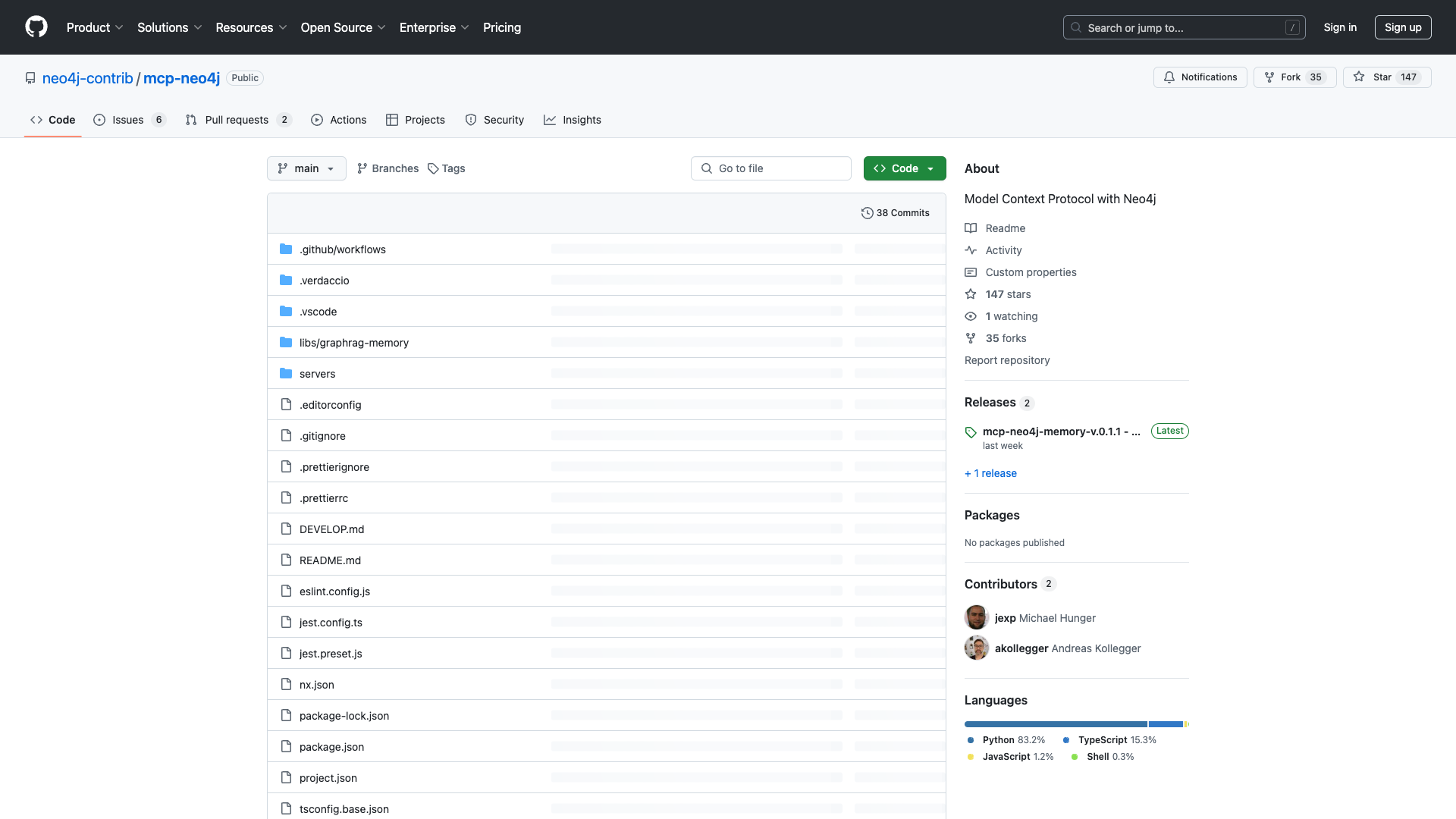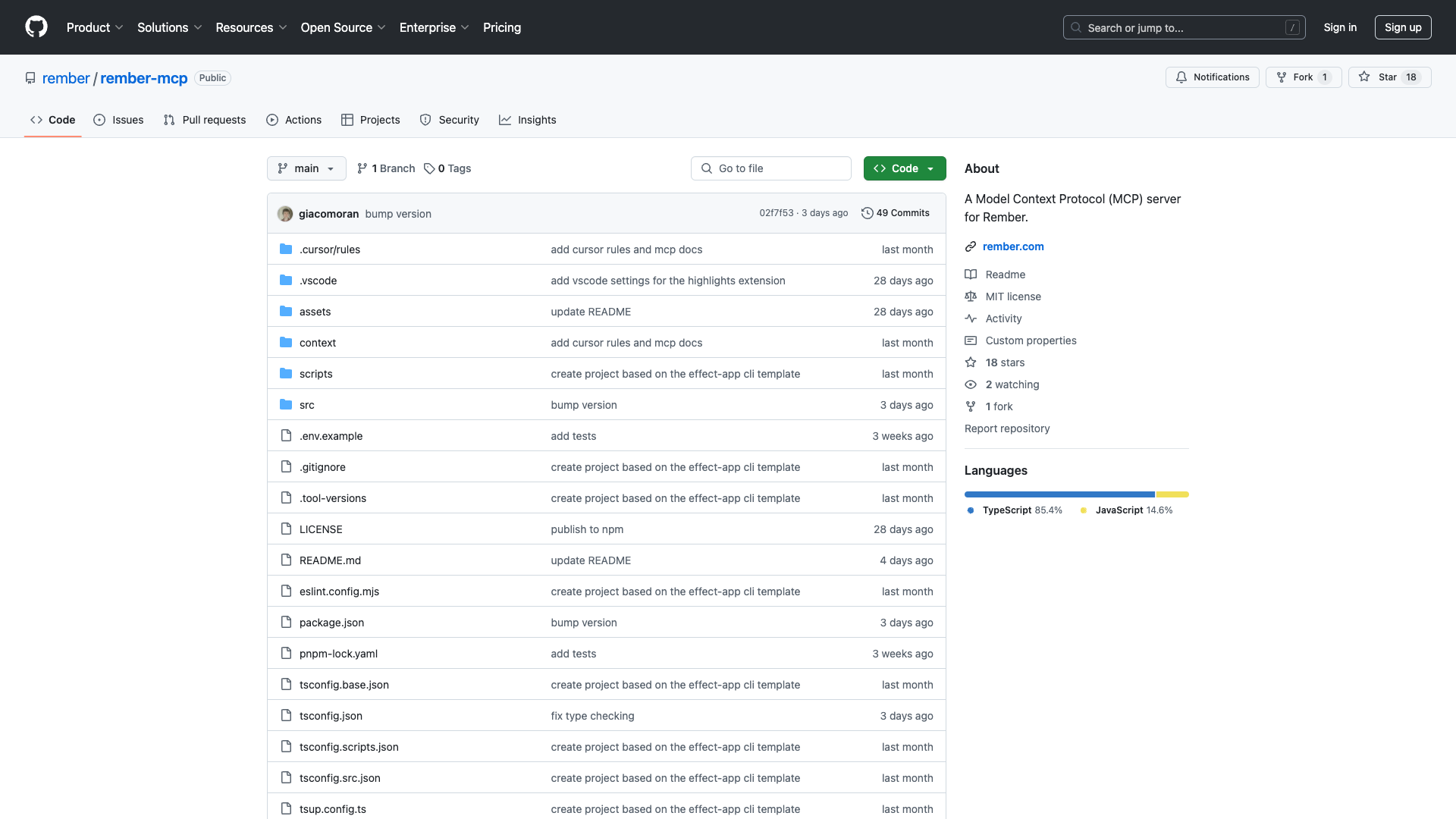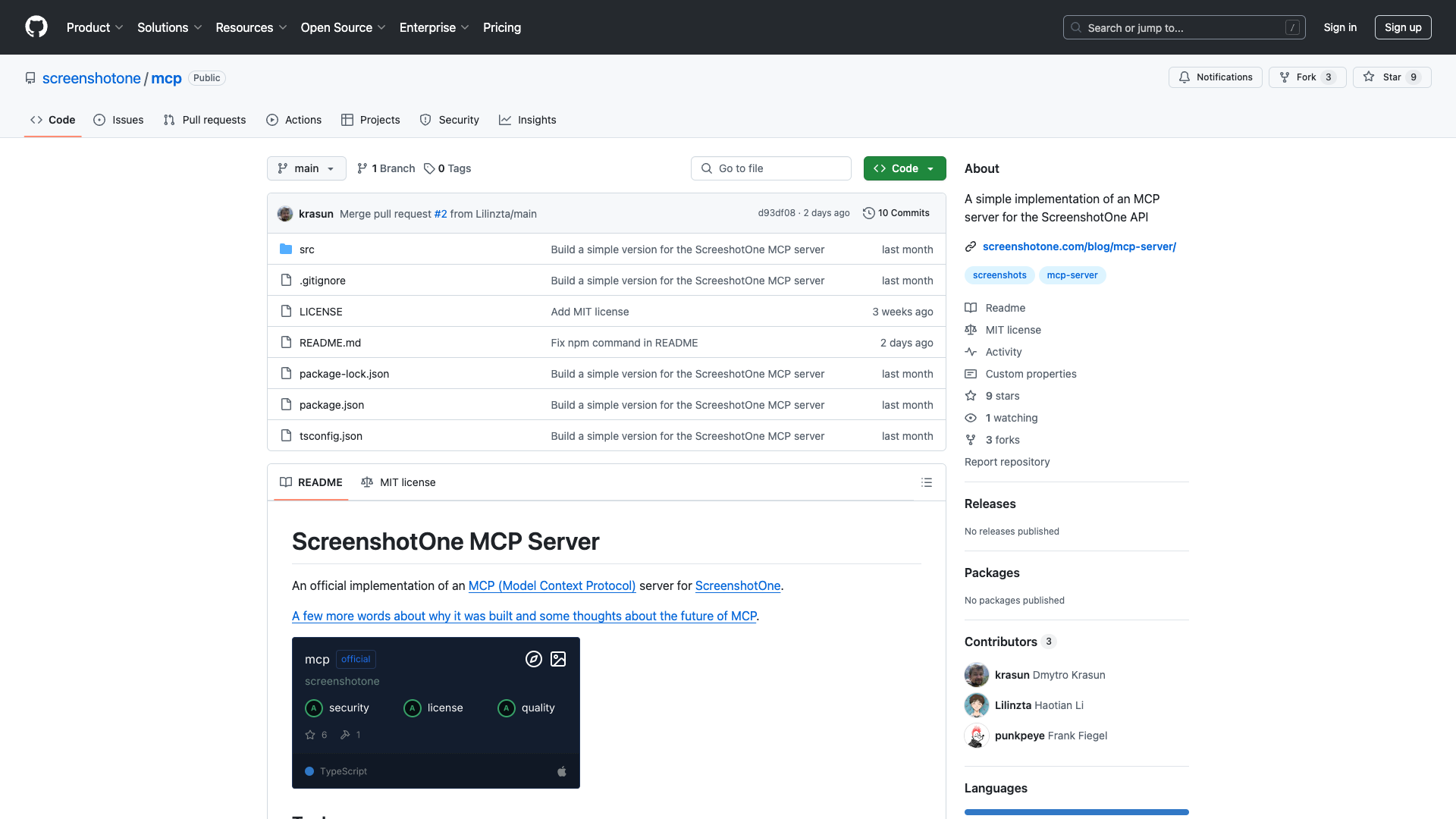Overview
The Model Context Protocol (MCP) server hosted on GitHub under the repository neo4j-contrib/mcp-neo4j is a groundbreaking tool designed to facilitate interaction between large language models (LLMs) and external systems, specifically focusing on Neo4j, a leading graph database platform. This server is particularly beneficial for developers, data scientists, and tech-savvy professionals who wish to enhance their applications with intelligent querying capabilities that leverage natural language processing (NLP).
Key Features
- Natural Language Querying: Easily interact with your Neo4j database using conversational queries without needing extensive programming knowledge. This feature empowers users to extract insights from complex datasets simply by articulating their needs in plain English.
- Graph Memory Modeling: Leverage advanced techniques to represent contextual memory as a structured knowledge graph, facilitating better understanding and manipulation of complex relationships. This is especially useful in enterprise settings where large volumes of interconnected information are common.
- Open Source Contribution: Join an active community of developers contributing enhancements and improvements; submit Pull Requests directly through GitHub. The collaborative nature of the project fosters innovation and continuous improvement.
- Integration Capabilities: Connect effortlessly with other platforms or services that support MCP clients, broadening the potential application scenarios across different domains. This feature enhances the server's utility by allowing it to work seamlessly with existing APIs and systems.
Installation and Setup
To set up this MCP server, ensure you have access to a running instance of Neo4j or an Aura account where your graphs are hosted. Clone the repository from GitHub using the command:
git clone https://github.com/neo4j-contrib/mcp-neo4j.git
Follow the instructions provided in the README file for installation, which typically involves setting up Node.js packages and configuring necessary API keys securely.
Community Engagement
The MCP server is supported by a vibrant community of contributors who share a passion for both LLMs and graph databases. Engaging with the community through GitHub discussions not only provides insights into ongoing developments but also presents opportunities for collaboration among peers. For additional resources, visit the GitHub Repository.
User Experience and Feedback
Having recently installed the MCP server, users report a generally positive experience. The natural language querying feature is particularly praised for its ease of use, allowing users to bypass complex Cypher queries and instead interact with their data in a more intuitive manner. However, some users note that the NLP capabilities can sometimes misinterpret queries, especially with intricate relationships or uncommon terms, requiring users to adjust their phrasing.
The graph memory modeling feature is recognized for its ability to visualize interconnections effectively, although some users feel that documentation around advanced modeling techniques could be improved to assist less experienced users.
The open-source nature of the project is highly valued, with users appreciating the collaborative environment that encourages contributions and enhancements. However, navigating the GitHub issues can be overwhelming for newcomers, highlighting a need for clearer guidance on where to find relevant discussions and solutions.
Conclusion
In summary, the neo4j-contrib/mcp-neo4j Model Context Protocol server represents an innovative intersection between large language modeling technologies and robust graph database management systems. While there are minor setbacks regarding NLP precision and documentation clarity, the overall utility of this server is significant for tech-savvy professionals seeking AI-driven solutions tailored to their workflow needs. This project not only enhances the capability of Neo4j databases but also fosters a collaborative community dedicated to continuous improvement and innovation in the field of data science and software development.
License Information: This project is open-source and available under the MIT License.
Open Link


